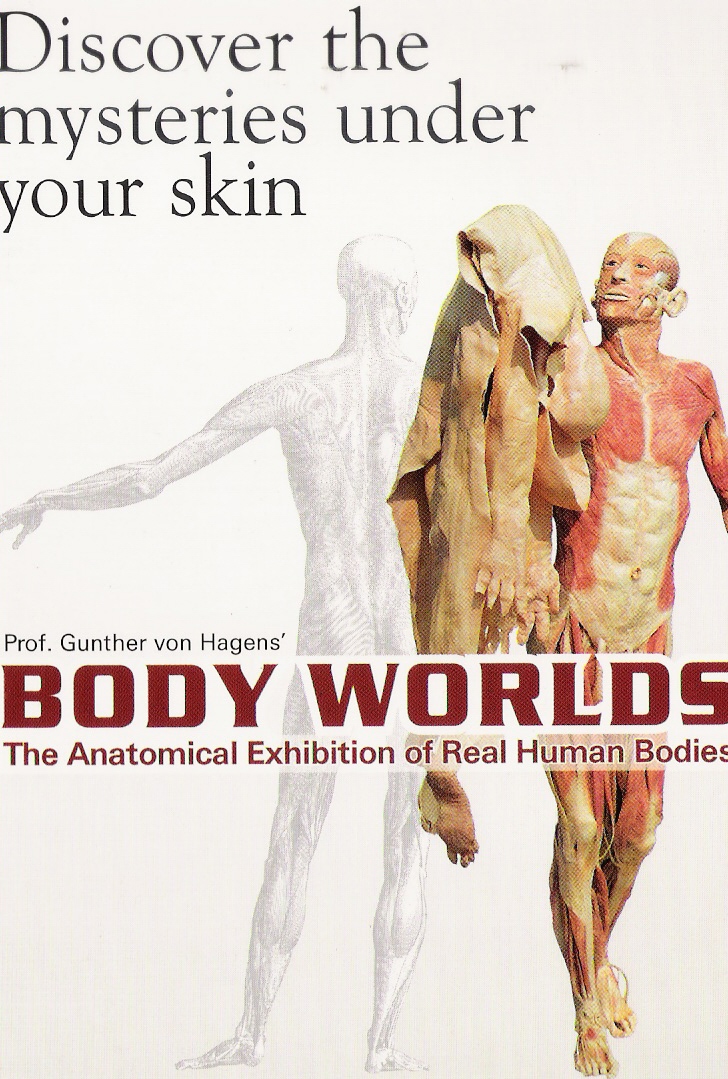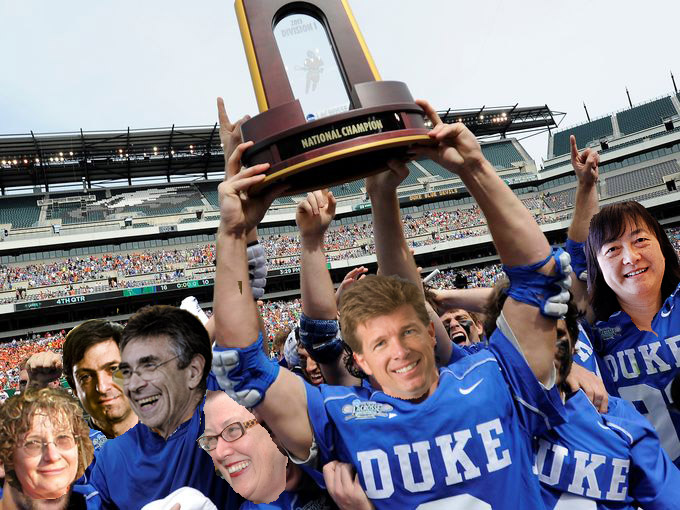Seventy middle school students oohed and aahed as soap bubbles full of propane burst into flame.
“First row, don’t get burned!” shouted Douglass Coleman, director of the BOOST program, a summer science camp program for students in grades 5 through 12.
Duke chemistry instructor Ken Lyle and student Danielle Holdner brought their travelling chemistry demos to the MDB Trent Semans Center Monday for the BOOST kids.
They created chemical smoothies and rainbows that taught the students about acids and bases. They sparked up fireworks to teach the students about gases such as butane and propane.
BOOST (Building Opportunities and Overtures in Science and Technology) is designed to teach kids from all cultures and racial backgrounds about science and inspire them to pursue careers in science, technology engineering, medicine and related fields.
“My favorite experiment was the bubbles filled with propane,” said Karen Gonzazlez a student in the program. “I enjoyed seeing them blow up with fire.”
BOOST director Coleman, who is known for his playful antics at the presentations, said the program opens doors for students and provides them with opportunities.
“These kids would not be able to meet with professors or work in labs if it was not for this program,” said Coleman. “It is important that they are around students just like them who are striving and building for success.”
BOOST is divided into three groups depending on grade level and interest of science. Rising 5th and 6th graders are in Boost, rising 7th graders who are interested in food science/chemistry or technology are in Boost XL. Rising 8th graders interested in biological science or engineering are in Boost XXL.
[vimeo 55126467 w=500 h=281]
Teachers and junior coaches at the program said it keeps students eager to learn science.
“This program keeps students engaged and motivated in hands- on activities, “said Stefanie Joyner, a teacher for Boost XXL.
Sierra Foster, junior coach for Boost XXL, said BOOST can open students’ eyes to new science.
“This program can build their knowledge and help them understand more than what they might already know,“ said Foster.
BOOST is funded through a grant from the Science Education Partnership Award (SEPA) from the National Institute of Health (NH).
For more information on BOOST, visit http://sites.duke.edu/boost/ or call (919) 681-1045.
 Guest Post by Shakira Warren, NC Central University summer intern
Guest Post by Shakira Warren, NC Central University summer intern



























